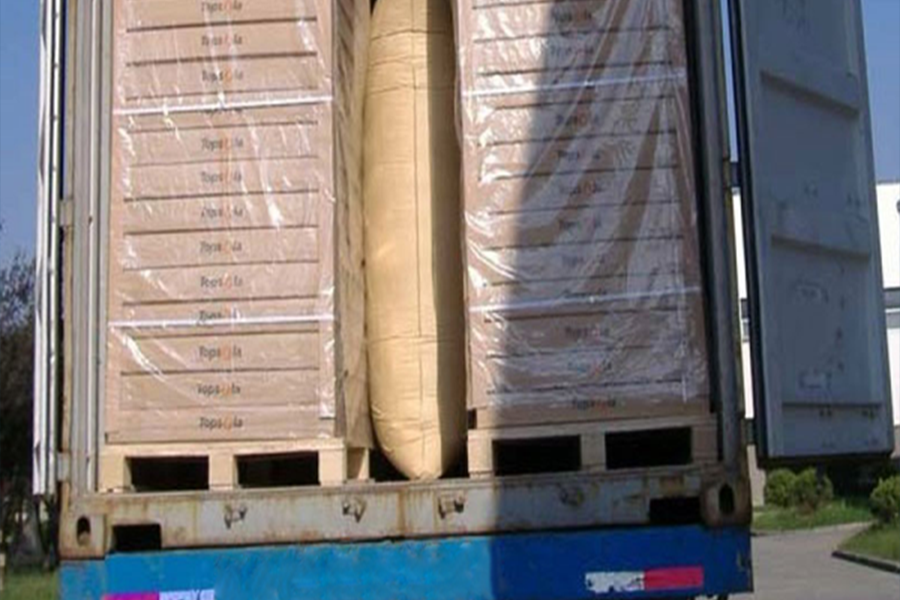Solar Module Transportation

A solar module transportation system for use in India is a system for the safe and efficient transportation of solar modules from the manufacturing plant to the installation site. The system includes modules that are mounted on a frame and connected to a set of four wheels. The modules are then towed behind a vehicle, typically a tractor.
It is a transport system for solar modules that can be installed on a vehicle. The modules are attached to the top of the vehicle and transported using a system of rails.
Solar panels are a great way to produce electricity, but they are quite heavy and bulky. Moving them around can be difficult, which is why we recommend solar panel transport carts. These carts are specifically designed to move heavy solar panels and make it easier to transport them. These carts are specifically designed to move heavy solar panels and make it easier to transport them.
Solar Module Transportation in India
The cost of solar module transportation in India has been increasing since the pandemic of COVID-19 hit the country in April 2018. The price of imports has been affected by the shortage of containers in many countries, and this has caused freight costs to rise. The rise in freight costs has been directly linked to an increase in module prices. This has put the industry on hold and has slowed down solar module imports. It is unclear when the problem will be addressed and how it will affect the solar industry in India.
India is a promising market for solar modules. The solar train can complete a loop in an hour and carry about 100 passengers, including standing room. The solar panels charge the train as it moves. The solar train will spread awareness of clean energy and reduce traffic. It is possible to create a solar train that runs around the country that is highly cost-effective. Further, the cost of solar module transportation in India is expected to decrease with time.
The Process of Transporting Solar Modules
The process of transporting solar modules can be extremely hazardous. The panels are packed on pallets and covered in plastic film. Typically, they are shipped on ocean pallets containing twenty to thirty solar panels. Extra small cartons may be stacked to save space. Although the method of transport used is not standardized, it does involve a great deal of risk. In addition to the risks of improper handling, modules can become damaged during shipment.
The technology is still in its early stages. The weight of the solar panels is a constraint since the solar panels must cover a large area to provide power for the entire vehicle. The additional weight of batteries increases the overall cost of the vehicle. The rest of the vehicle must be lightweight and crash-proof. As the sunlight varies with the direction the vehicle is moving, the intensity of the sunlight needed to generate energy is different.
Click here ..
Interested in this service?
We’d love to discuss your requirements, so why not email info@equitylogisitics.com or simply call us 091 9810467113



